Beneath the vast, arid expanses of deserts, there are said to exist enigmatic subterranean lakes.
In such extreme environments where water is scarce, why do these underground reservoirs exist, and what could they signify for us?
This mystery has sparked discussions among scientists, explorers, and urban legend enthusiasts alike.
Some believe that these hidden lakes may hold the key to solving future water scarcity challenges.
At the same time, their very existence has become a subject of conspiracy theories, shrouded in countless enigmas.
- The possibility of underground lakes in deserts and their scientific basis
- The potential impact of undiscovered water sources on Earth’s environment
- Conspiracy theories surrounding the existence of subterranean lakes and their credibility
- The feasibility of utilizing these hidden lakes as future water resources
- The Background of the Rumored Desert Underground Lakes
- Geological Mysteries Suggested by Underground Lakes
- Urban Legends Surrounding Desert Underground Lakes
- The Potential of Subterranean Lakes for the Future
- The Future Potential of Underground Desert Lakes
The Background of the Rumored Desert Underground Lakes
The existence of underground lakes in deserts has been fueled by various studies and pieces of evidence.
For instance, some satellite images have revealed unusual patterns on the desert surface, suggesting the presence of moisture beneath.
Additionally, ancient texts and folklore often recount tales of water oases hidden in desert regions.
These elements together have led many to believe in the existence of such underground lakes.
Satellite Clues to Underground Lakes
Satellite imagery showing unusual surface patterns in desert areas has captivated researchers.
These patterns often indicate the potential presence of moisture beneath arid landscapes.
Scientists continue to debate whether these signs point to underground lakes or other geological phenomena.
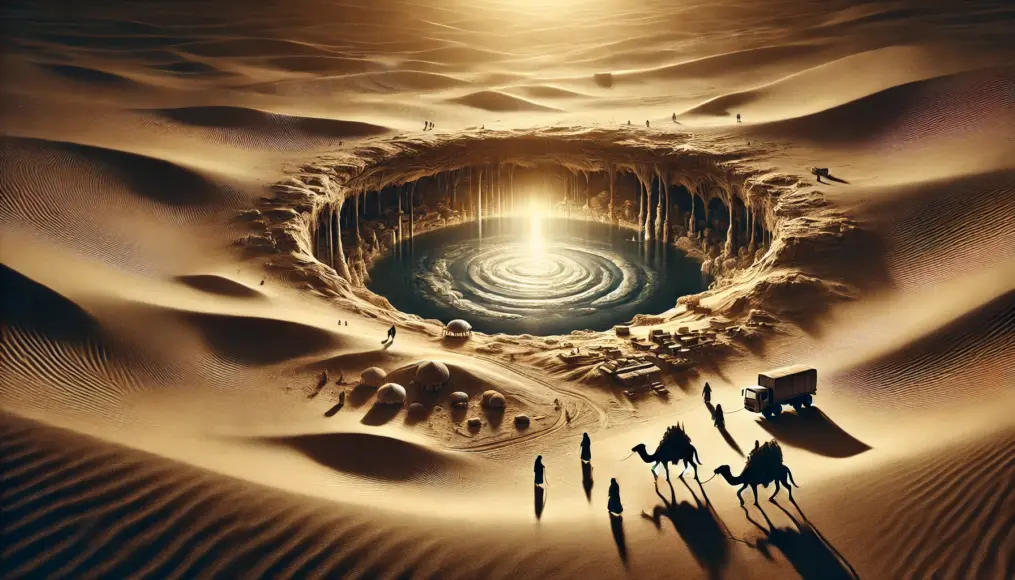
Ancient Legends and Underground Lakes
Many desert regions have ancient records of civilizations utilizing underground water sources.
These civilizations passed down myths about the abundance of water beneath the ground.
For example, evidence suggests that a vast lake once existed in the Sahara Desert.
These legends might be the foundation for modern beliefs in underground lakes.
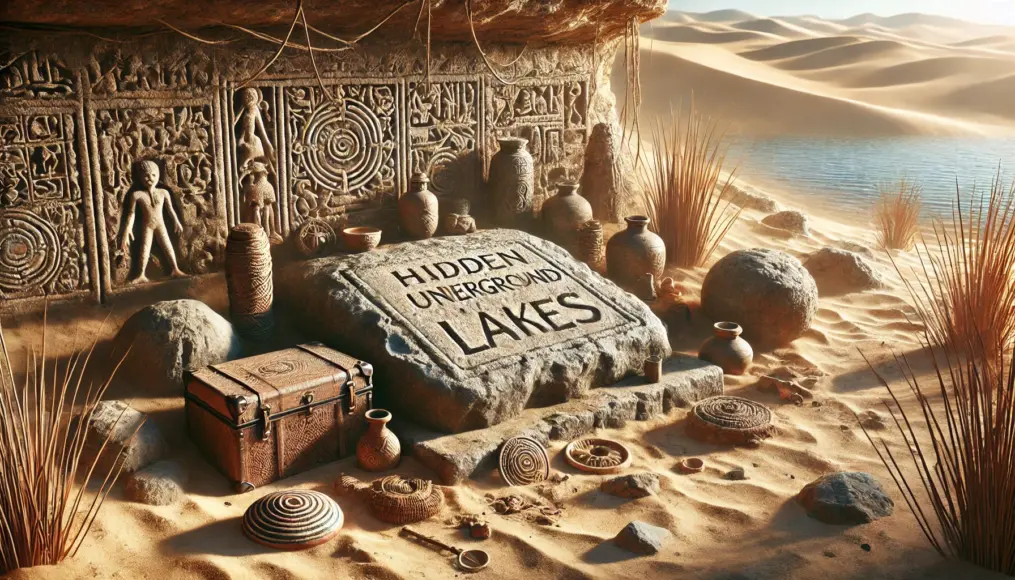
Legends and Scientific Evidence of the Sahara Desert
Legends in the Sahara describe a massive body of water hidden beneath the sands.
Scientists are investigating these claims by studying layers of sediment and underground water flows.
Findings suggest that the region once hosted a large lake, providing further intrigue.
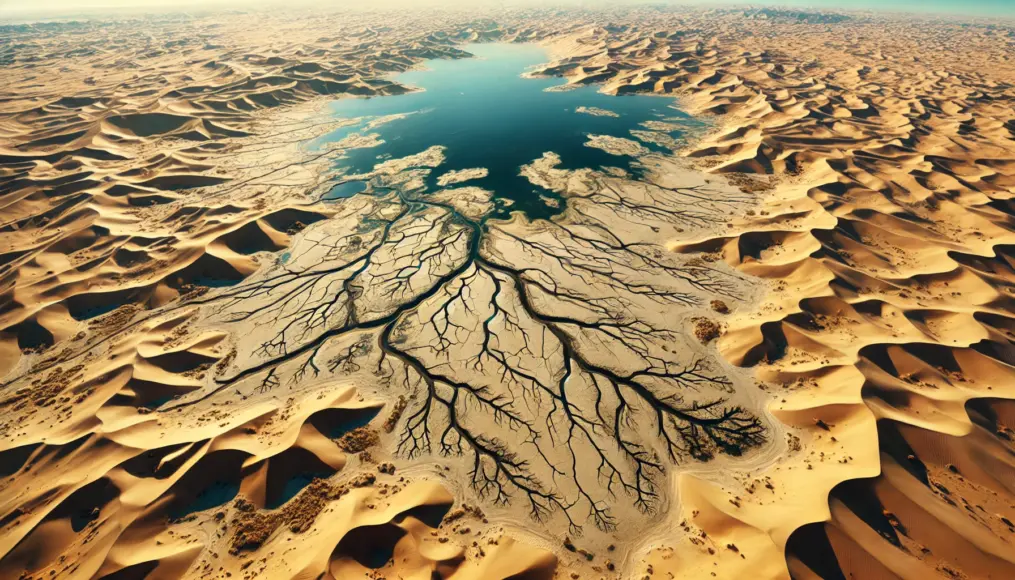
Advances in Scientific Investigation
Recent technological advancements have accelerated the exploration of underground deserts.
Geophysical techniques have uncovered layers beneath the sand that might contain water.
These discoveries hint that the rumors may not be mere speculation.
In particular, the underground reservoirs in the Libyan Desert are said to be astonishing in scale.
Discovery of Underground Water in the Libyan Desert
In the Libyan Desert, researchers have identified vast underground water sources.
These “fossil waters” are ancient and not replenished by current rainfall.
Such discoveries provide critical scientific evidence supporting the possibility of underground lakes.
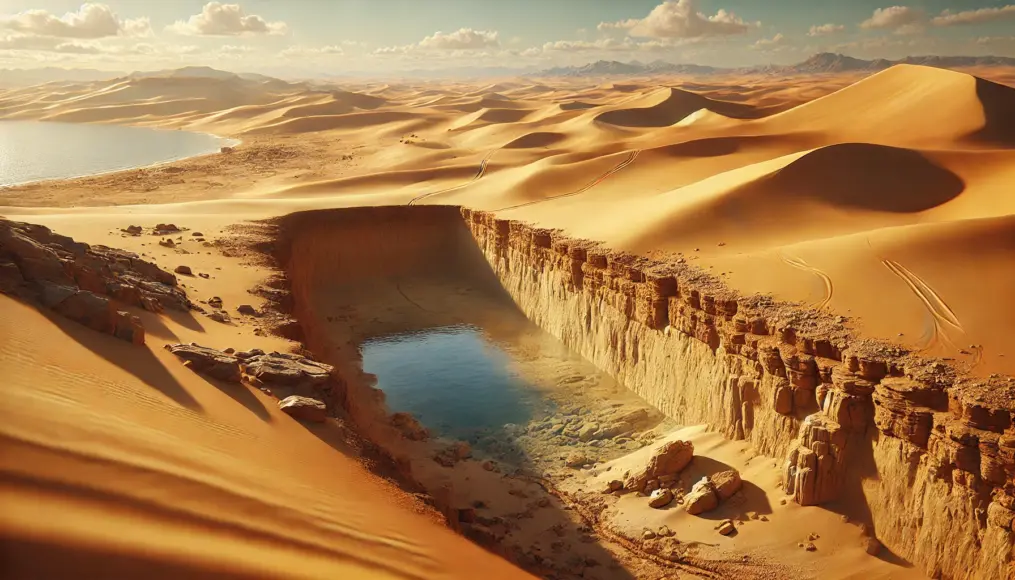
Testimonies of Local Communities
Belief in underground lakes is also supported by local residents’ accounts.
They describe abnormal water flow and unique characteristics in nearby wells and springs.
Some sources of water remain active even during dry seasons, adding to the intrigue.
These local observations often serve as valuable leads for scientific exploration.
Unique Features of Desert Springs
Some desert springs exhibit mineral compositions that differ from other regions.
These characteristics suggest that the water might originate from deep underground lakes.
Locals have long relied on these unique water sources for their livelihoods.
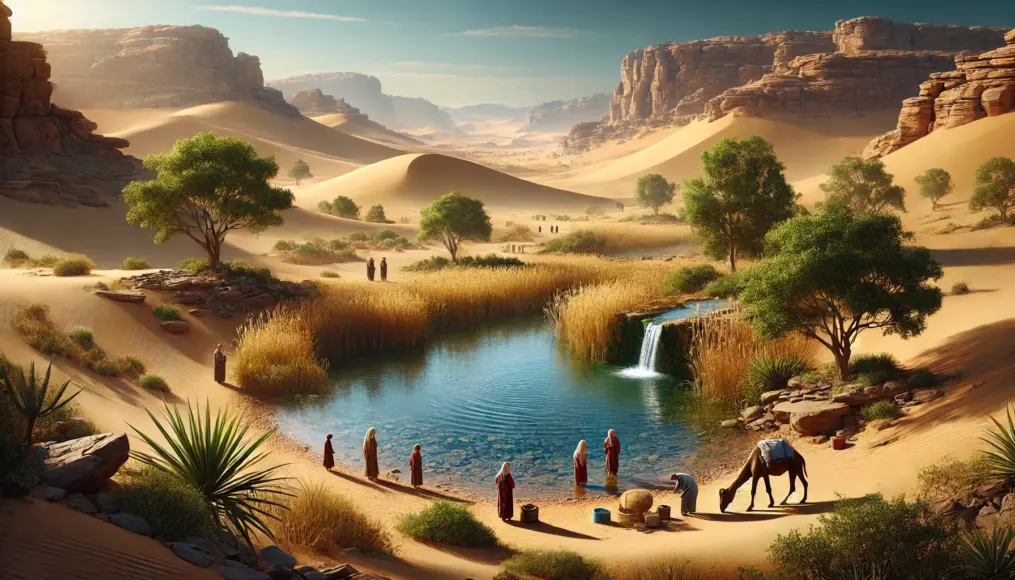
Skepticism About Underground Lakes
On the other hand, some experts question the existence of underground lakes.
Geologists argue that subsurface water may not always take the form of a lake.
The unique geological structure of deserts might even prevent the accumulation of water.
However, such skepticism often drives further exploration and innovation.
Geological Questions About Underground Lakes
From a geological standpoint, subsurface water in deserts might not necessarily form lakes.
In many cases, water is dispersed within sand layers rather than pooling into a lake.
These questions encourage the development of new investigation methods.
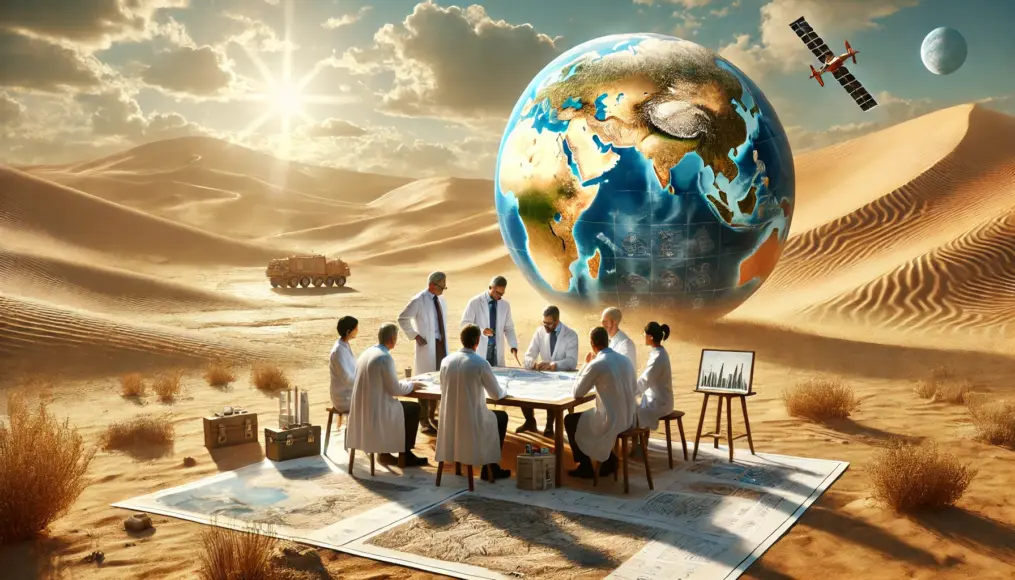
Geological Mysteries Suggested by Underground Lakes
The existence of underground lakes beneath deserts presents intriguing geological puzzles.
These lakes are believed to have formed over thousands to tens of thousands of years, but their exact formation process remains largely unknown.
Scientists are particularly interested in how these lakes interact with desert climates and geological structures.
This chapter explores the geological phenomena surrounding these hidden lakes and their implications.
Conditions Required for the Formation of Underground Lakes
The formation of underground lakes requires several specific conditions.
These include the type of bedrock, a water source, and geological factors.
When these conditions are met, water can accumulate underground over extended periods, forming lakes.
Below, we delve into each of these conditions in detail.
Relationship Between Bedrock and Water
For underground lakes to exist, the bedrock must play a role in retaining water.
Certain types of bedrock, such as impermeable clay layers or granite, prevent water from escaping and contribute to lake formation.
Conversely, highly permeable rock formations can draw water from surrounding areas into underground reservoirs.
Thus, the type and arrangement of bedrock are crucial elements in the creation of underground lakes.
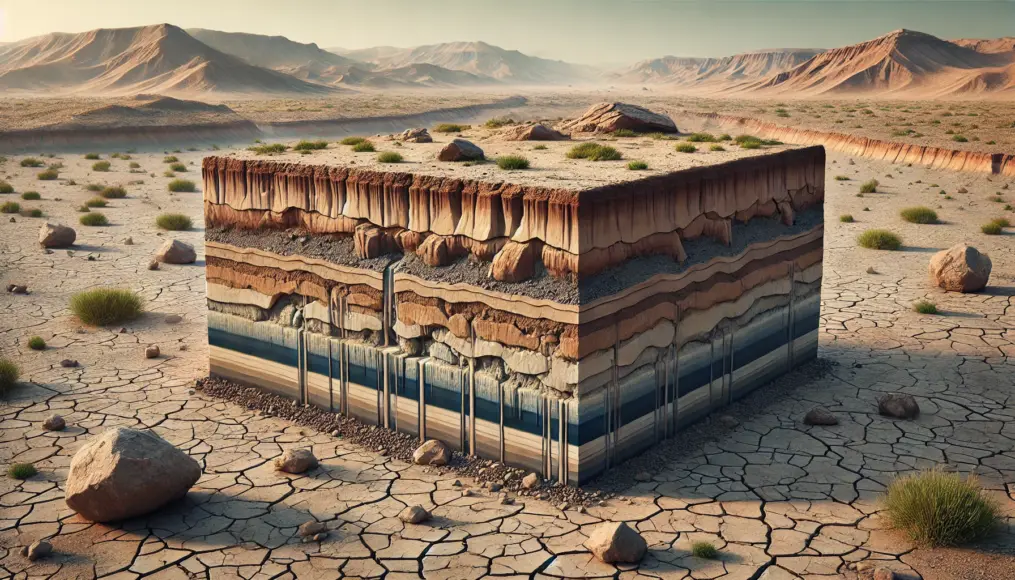
Ancient Rainwater and Glacial Melts as Water Sources
Many underground lakes are thought to originate from ancient rainwater or melted glaciers that permeated the ground and accumulated over time.
This water is often trapped in sealed underground spaces, forming lakes over thousands of years.
Some studies suggest these lakes date back to the Ice Age, around 10,000 years ago.
As such, underground lakes offer clues to Earth’s climatic history.
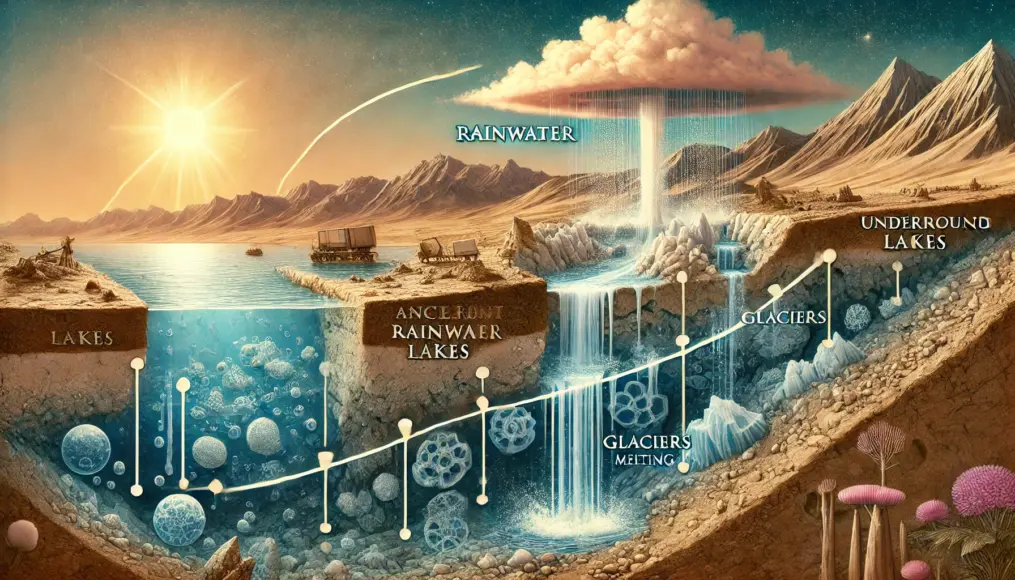
Geological Evidence Supporting the Existence of Underground Lakes
Several pieces of evidence support the existence of underground lakes.
These include findings from geological surveys and advancements in modern technology.
Notably, satellite imagery and ground-penetrating radar serve as vital tools for uncovering the secrets hidden beneath the Earth’s surface.
Satellite Imagery Suggesting Underground Lakes
Advances in satellite technology have revealed surface anomalies that suggest the presence of underground lakes.
Features such as unusual surface topography and traces of wetlands provide essential clues to their existence.
These findings significantly bolster the hypothesis of subterranean lakes beneath deserts.
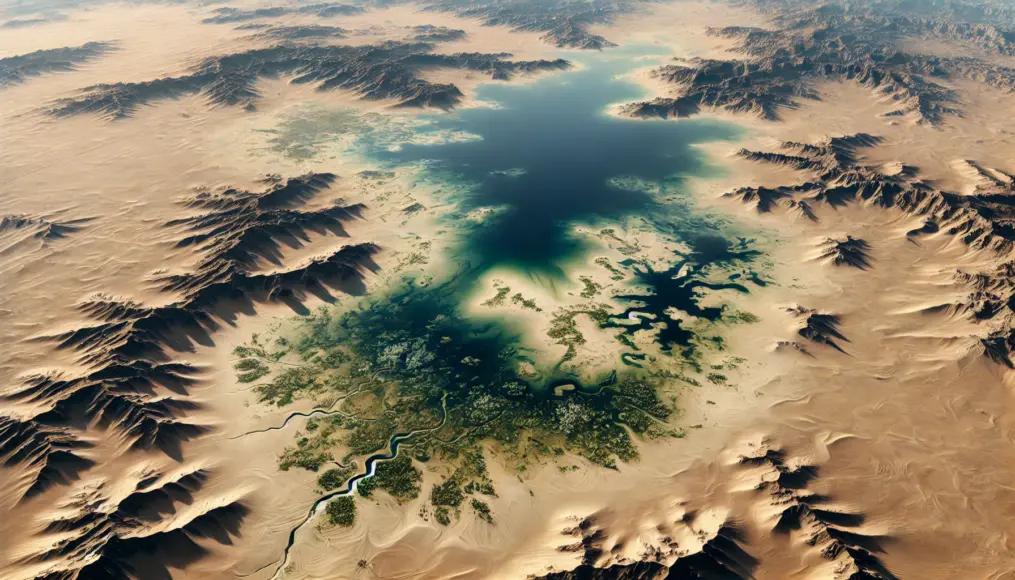
Ground Surveys and Radar Technology
The combination of geological surveys and ground-penetrating radar has enabled more detailed investigations into underground lakes.
These technologies make it possible to visualize underground structures that are invisible from the surface.
Several underground lakes discovered to date owe their identification to these advanced techniques.
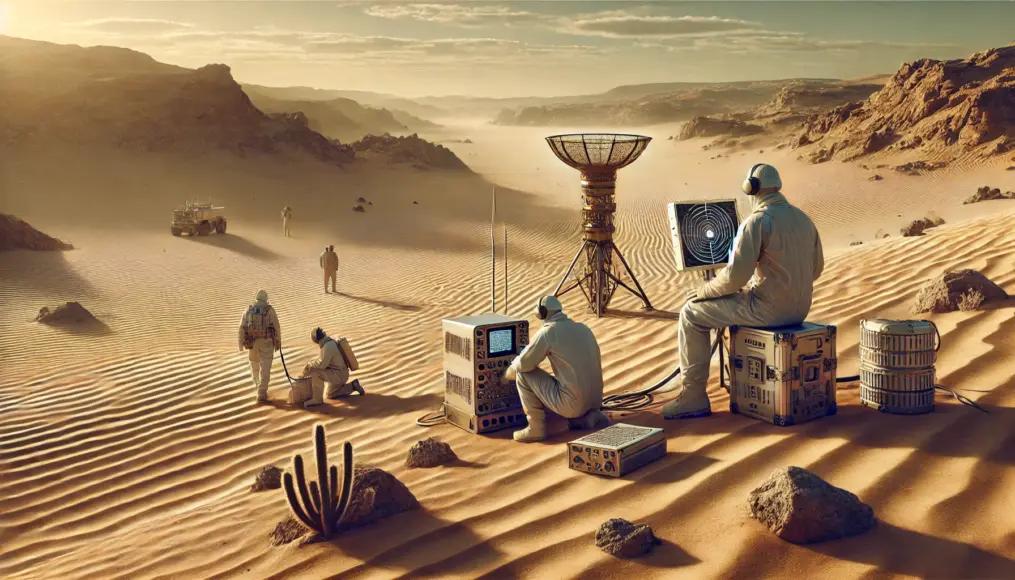
Urban Legends Surrounding Desert Underground Lakes
Desert underground lakes are surrounded by numerous urban legends.
These rumors often link the lakes to ancient civilizations and unknown creatures, captivating the public’s imagination.
There are even bold claims suggesting hidden treasures are concealed within these mysterious lakes.
This section delves into these intriguing stories and eyewitness accounts.
Connections to Ancient Civilizations
The existence of desert underground lakes is frequently associated with ancient civilizations.
Some historians and researchers suggest that these lakes could have been man-made reservoirs by ancient societies.
Archaeological findings, including cave paintings and artifacts near these lakes, hint at their historical significance.
These discoveries may indicate that ancient technology was used to harness these hidden water sources.
Ruins and Evidence of Ancient Water Systems
The area surrounding the lakes is said to feature enigmatic ruins.
These ruins are believed to hold vital clues to the existence of the underground lakes.
Particularly noteworthy are ancient irrigation systems and channels that may have drawn water from these lakes.
Such structures could serve as evidence that ancient civilizations had already discovered and utilized these water sources.
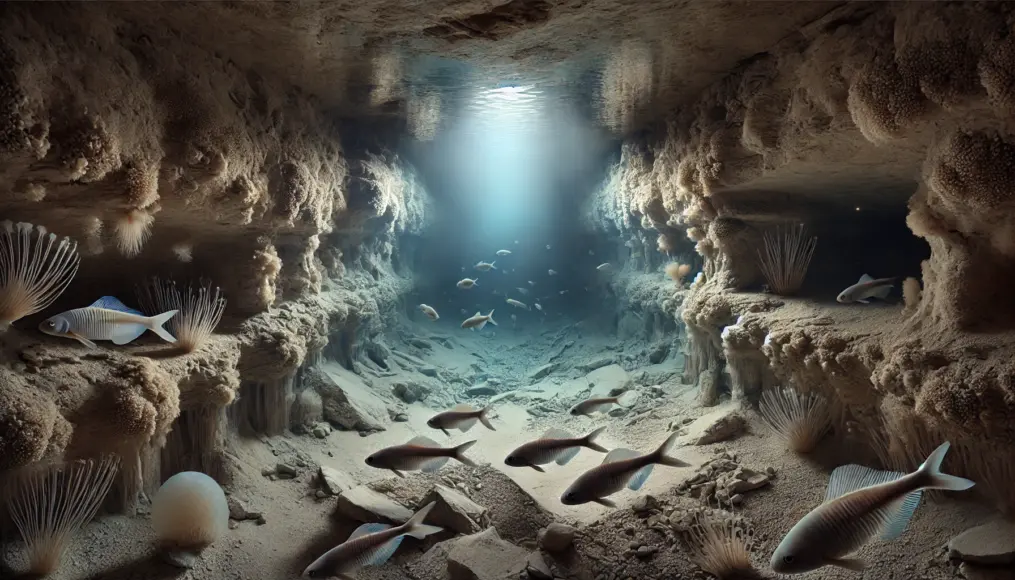
Existence of Unknown Creatures
There are reports of unknown creatures inhabiting these underground lakes.
Some explorers claim to have encountered blind fish and giant reptiles within these dark, isolated waters.
These creatures are thought to have evolved to adapt to the extreme, lightless environment.
If confirmed, their existence could provide new perspectives on the evolution of life on Earth.
Mysterious Ecosystem
The ecosystem within these underground lakes is uniquely adapted to harsh conditions.
To survive in oxygen-deprived waters, organisms may have undergone extraordinary evolutionary changes.
For instance, microorganisms utilizing chemosynthesis might form the foundation of this ecosystem.
Such findings could offer insights applicable to the search for extraterrestrial life.
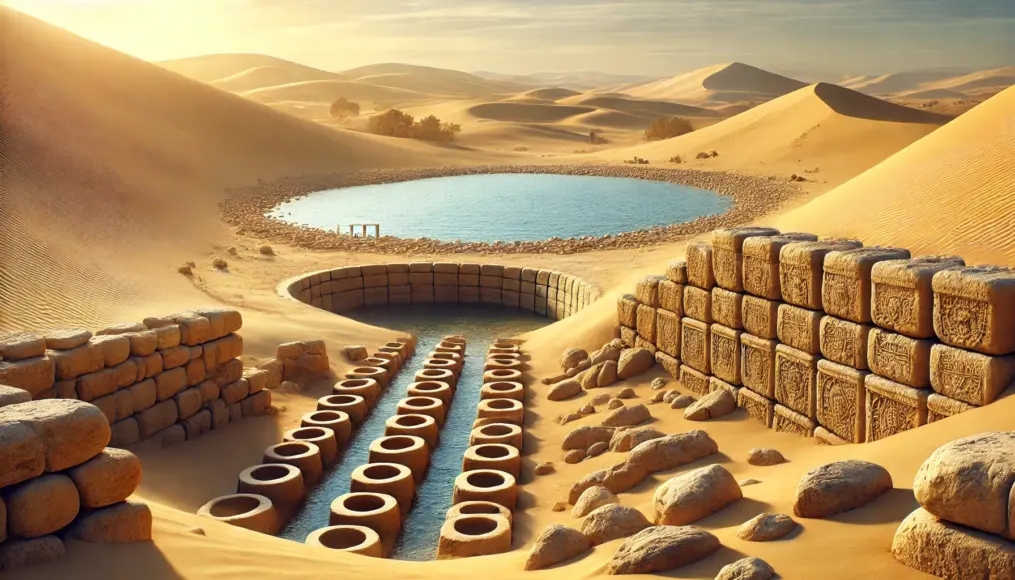
Rumors of Hidden Treasure
There are rumors that ancient treasures are hidden within desert underground lakes.
Some historians and adventurers believe these lakes were used to store valuable artifacts by ancient civilizations.
Although no definitive discoveries have been made, numerous treasure-hunting expeditions have been conducted.
Such persistent rumors add to the allure and mystery of these lakes.
Challenges and Dangers of Exploration
Exploring desert underground lakes comes with significant challenges.
Harsh desert climates, vast distances, and unstable terrain are among the greatest obstacles.
Additionally, the routes to these lakes remain unknown, causing many expeditions to be abandoned halfway.
Nevertheless, the enthusiasm of adventurers willing to face these dangers remains undeterred.

The Potential of Subterranean Lakes for the Future
The existence of subterranean lakes in deserts hints at new possibilities for Earth’s environment and water resources.
How these lakes are utilized could significantly impact human life in the future.
We will explore the potential of these lakes from scientific and technological perspectives while investigating future options.
The Potential as a Water Resource
Subterranean lakes may become a solution to water resource problems in desert regions.
Amid worsening water shortages caused by climate change, these lakes could serve as valuable reservoirs.
However, careful consideration is needed to extract water safely and sustainably from these lakes.
Excessive use could disrupt ecosystems and lead to further environmental challenges.
Research on Sustainable Utilization Methods
Scientists are exploring sustainable ways to use the water from subterranean lakes.
Technologies to preserve the natural water cycle connected to these lakes are crucial.
Additionally, desalination technology is being considered for lakes with high salinity.
These studies hold the key to whether subterranean lakes can become life-sustaining resources in the future.
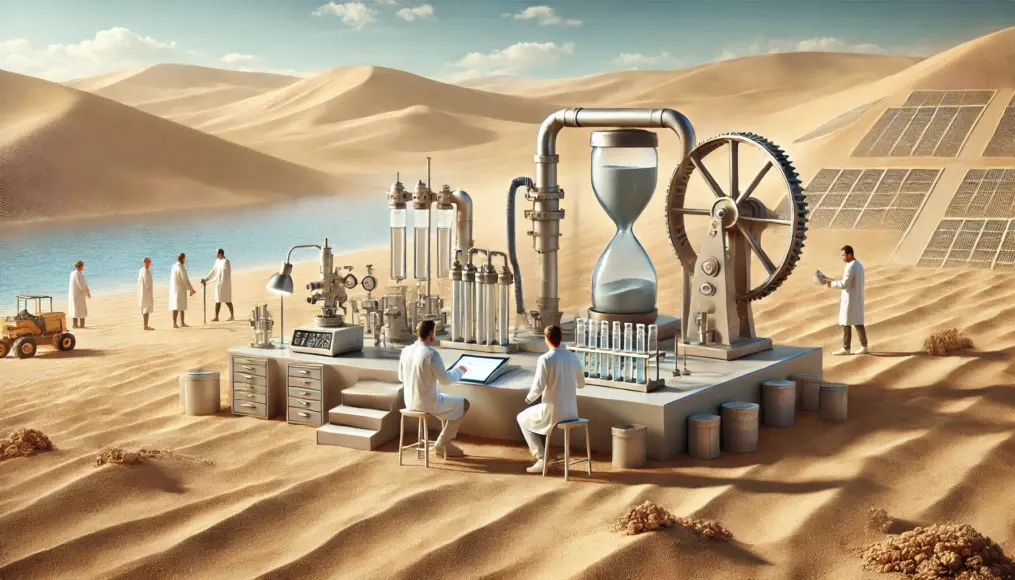
Ecosystem Protection and Observation
Subterranean lakes may harbor unique ecosystems.
Efforts to develop these lakes must include measures to protect such ecosystems.
If unknown species exist, studying how they adapt to environmental changes is a crucial research area.
The ecosystems of these lakes may even provide clues for exploring extraterrestrial life.
New Perspectives on Biodiversity
Species potentially residing in subterranean lakes could offer new insights into evolution.
These organisms, adapted to extreme environments, may possess genetic traits applicable to medicine and biotechnology.
There are already reports of unknown microorganisms contributing to the development of new medicines.
Subterranean lakes could become the next frontier for future scientific and technological advancements.
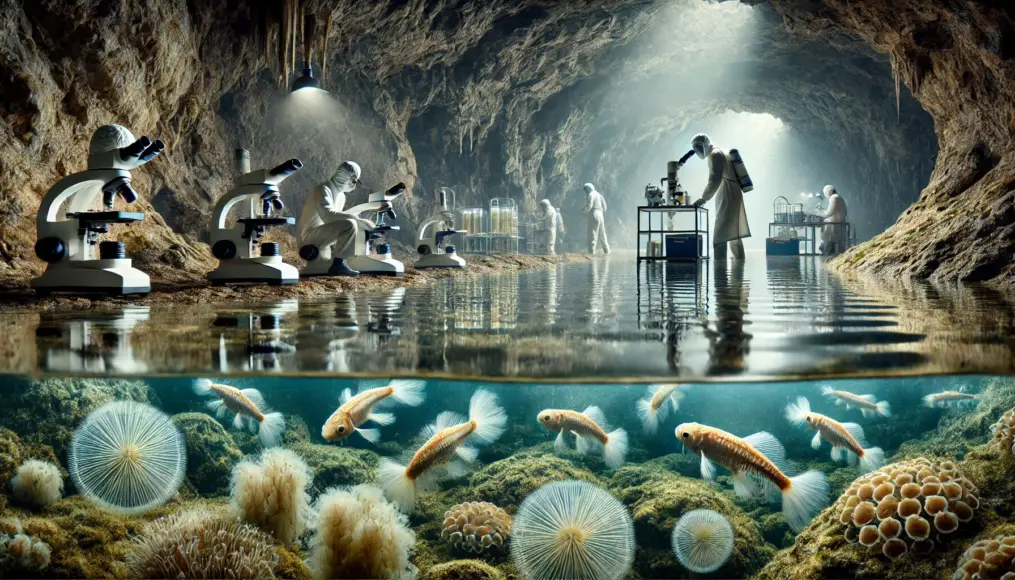
Contributions to Global Water Shortage Issues
The discovery and utilization of subterranean lakes could be a critical step toward addressing global water shortage issues.
International collaborative research and technology sharing can open new paths to solving water problems.
The presence of subterranean lakes symbolizes not only water resource security but also international cooperation for peace.
To protect our future planet, we must manage these resources with care.
Importance of Global Collaboration
Successful utilization of subterranean lakes requires international collaboration.
Nations need to share technology and knowledge to create sustainable usage plans.
Moreover, research into subterranean lakes can raise global awareness of environmental protection.
These efforts will act as a bridge to a sustainable future.
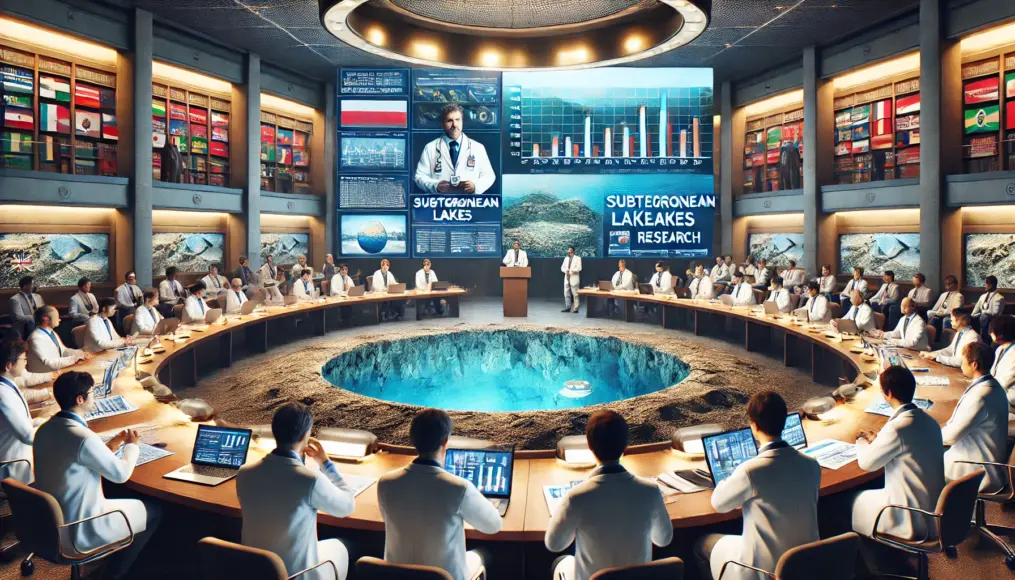
The Future Potential of Underground Desert Lakes
The supposed existence of underground lakes beneath the desert is a fascinating intersection of science and urban legends.
Their discovery could have a profound impact on Earth’s environment and humanity’s future.
From uncovering unknown species and exploring new water resources to providing clues for extraterrestrial life research, the potential is limitless.
Could our curiosity about the unknown be the key to unraveling this mystery?
What are your thoughts on the existence and potential of these underground lakes? Share your opinions in the comments!

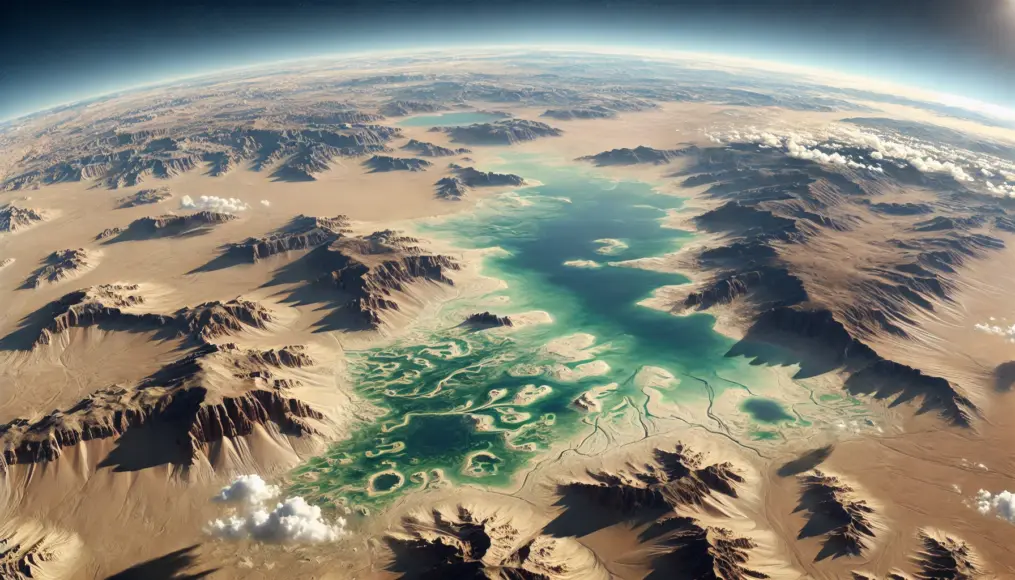


Comment